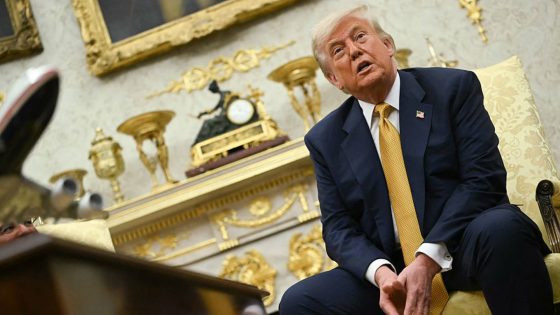U.S. President Donald Trump is pushing for significant tariffs on imports from the European Union, demanding a minimum of 15%-20%. This escalation comes as trade negotiations stall, with a looming deadline of August 1, 2025.
- Trump demands 15%-20% EU import tariffs
- Negotiations between U.S. and EU stalled
- EU aims for a deal like U.K.'s
- Trade surplus concerns Trump significantly
- EU emphasizes balanced trade with services
- Dow Jones drops over tariff report
According to the Financial Times, Trump’s stance has intensified after weeks of discussions aimed at reaching a framework deal. The EU had anticipated a more moderate agreement, similar to the one with the U.K., which features a baseline tariff of 10% with some exemptions.
As Trump continues to express concerns over the EU’s substantial trade surplus with the U.S., the implications for American businesses and consumers could be significant. How will these tariffs affect the broader economy?
The stalled negotiations raise questions about the future of U.S.-EU trade relations. Will both sides find common ground, or will tensions escalate further? Key points to consider include:
- Trump’s focus on reducing the trade deficit.
- EU’s commitment to increasing oil and gas purchases.
- The potential impact on U.S. stock markets.
As the August deadline approaches, stakeholders on both sides must navigate these complex negotiations carefully. Will they reach a compromise, or will the trade war intensify?

































